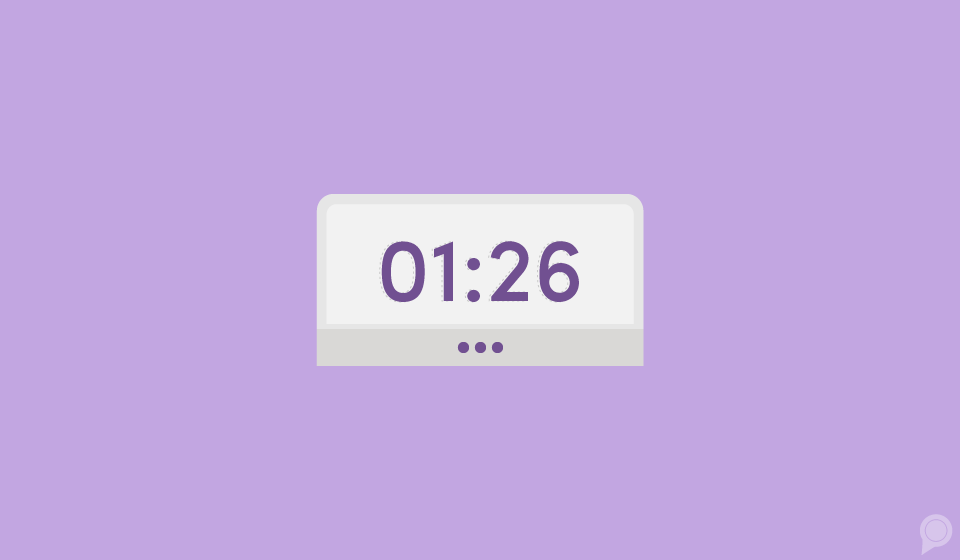

Google Ads recently launched a new reporting feature that could ultimately help businesses learn more about their customers’ journeys.
So, how does this new feature report data and why should you care?
Let me break it down!
Before Google launched their new “conversions by time” reporting, conversions were reported by the date your ad was clicked. For example, if your ad was clicked on 10/15, but a conversion didn’t happen until 10/22, both the click and conversion would be attributed to the date your ad was clicked (10/15).
This type of reporting allows you to measure metrics such as cost per conversion or the return on ad spend (ad spend is reported based on the time of the click).
Although this reporting gives you some of the information you need, it doesn’t tell you much about the journey your customers go through.
The new “conversions by time” reporting will record the conversion/sale on the day it occurred rather than when the ad was initially clicked.
You may be wondering, what does this really mean for my business?
Think about it like this — by knowing the exact day that your customers are converting, you can start to watch for trends. As a business owner, here are a few things to keep in mind:
By analyzing the data based on the “conversions by time” reporting, you’ll be able to better understand the days and seasons your customers are converting. Ultimately, this will help you adjust your digital marketing strategy to better suit the needs of your customers.
During your slow season, you could focus on brand awareness, which will allow you to bring new consumers into the marketing funnel. When your peak season comes back around, these consumers are already in the funnel and it will be easier to have them complete a conversion.
Here’s what Aaron Bridgens, our Paid Advertising Implementation Manager, had to say about this new change:
"Google's new 'conversion by time' reporting is great because it helps us gather more insight into the customer journey. Digital marketing doesn't always yield instant results, but with this additional information, we can understand buying cycles even better by identifying and tracking longer consideration phases."
Six New Columns for “Conversions by Time”
When you want to use Google’s “conversions by time” reporting, you’ll notice that there are six new columns:

Final Thoughts
In the long run, this new reporting option will allow your business to better understand how your customers are converting and give you insight into the customer journey.
If you’d like to learn more about this change, check out the Google Ads Help page.
Google also made some updates to their Local Services Ads, so be sure to check out this blog for the need-to-know details.
If you aren't sure where to begin when it comes to paid advertising, our team of experts would love to help you create a strategy that's right for your business. Click here to learn more about our paid advertising services and to request a demo.
Subscribe to our email list to get the latest digital marketing content delivered to your inbox each week!